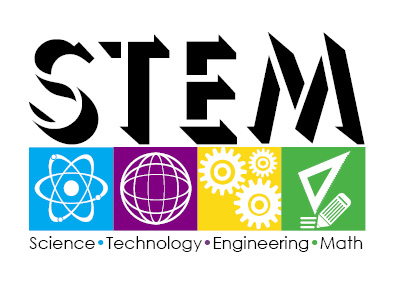
Boosting Competitiveness Through STEM Education
As America continues to pull itself out from the great recession, much of the national discussion has focused on how we can grow our economy to compete in a new global arena where fast paced technology and innovation dominate.
As a result, education in the sciences, technology, engineering, and mathematics (STEM) has become a focal point. President Obama has proposed training 100,000 new math and science teachers within the next decade to fill the gap between the number of jobs available in these fields and the number of qualified candidates. According to one report job postings across the STEM fields outnumbered the unemployed by almost two to one.
What precisely constitutes a STEM job is not always clearly defined, and as a result policymakers have focused their attention on supporting workers who have a bachelor’s (BA) degree or higher. Unfortunately this misses a huge percent of the potential STEM workforce in cases where a BA is not required to work in one of these fields. Half of all STEM jobs are available to workers with less than a four-year college degree. These jobs have a higher than average wage and are spread out over a wide variety of fields.
These statistics should renew our focus beyond traditional four-year university programs, where the cost of tuition has exceeded the rate of inflation. In the past ten years the cost of tuition at private four-year colleges has risen 60%, while public four-year colleges tuition has risen a staggering 104%. This means for millions of Americans higher education is simply out of reach.
The development and support of community colleges and vocational schools designed to train students for these well-paying and in-demand jobs provide a great opportunity for private-public sector cooperation.
Community colleges have the potential to offer the education and training needed to students. However over the past ten years funding for community colleges compared to other types of higher education has been shockingly low. In the past ten years spending per community college student has risen by precisely one dollar, while private research university students have seen an increase in nearly $14,000. With slashed budgets for public education, it’s time for the private sector to step up and help develop the workforce they need.
There are already examples of this happening, in Charlotte, N.C. Siemens has invested in Central Piedmont Community College to “design courses and apprenticeships that give workers the advanced manufacturing skills that Siemens needs.”[1] Private businesses should not just see this is as community service but as a way for them to expand their business. Helping to mold the curriculum and building facilities to train students can provide a concrete return on their investments.
In order for the United States to continue to lead the world in innovation, the private and public sectors must work together to help educate and train a workforce that is capable of performing in a fast paced global economy. Four-year universities do not have a monopoly on quality education, it is time emphasize the critical role community colleges should play in training our students for the STEM jobs our country needs in order to hold onto our competitive edge.
[1] Michael Porter and Jan Rivkin, “What Businesses should do to restore U.S. Competitiveness,” Fortune, October 29, 2012







Exactly right, the education-security axis is a well established path to prosperity. Excellent focus on STEM as an exemplar. The recent Mission:Readiness report on early education underscores your insights at the other end of the cradle to career ed spectrum, positing that recent and projected federal investments in preK will increase the high school graduate pipeline…why? “75 percent of 17- to 24-year olds in the U.S. cannot serve in the military, primarily because they are too poorly educated, physically unfit, or have a criminal record” says the report (http://www.missionreadiness.org/). This from a self-proclaimed “nonpartisan national security organization of senior retired military leaders”! Private partnerships and investments of the kind you cite in STEM ed will also be critical in preK to boost competitiveness and security.